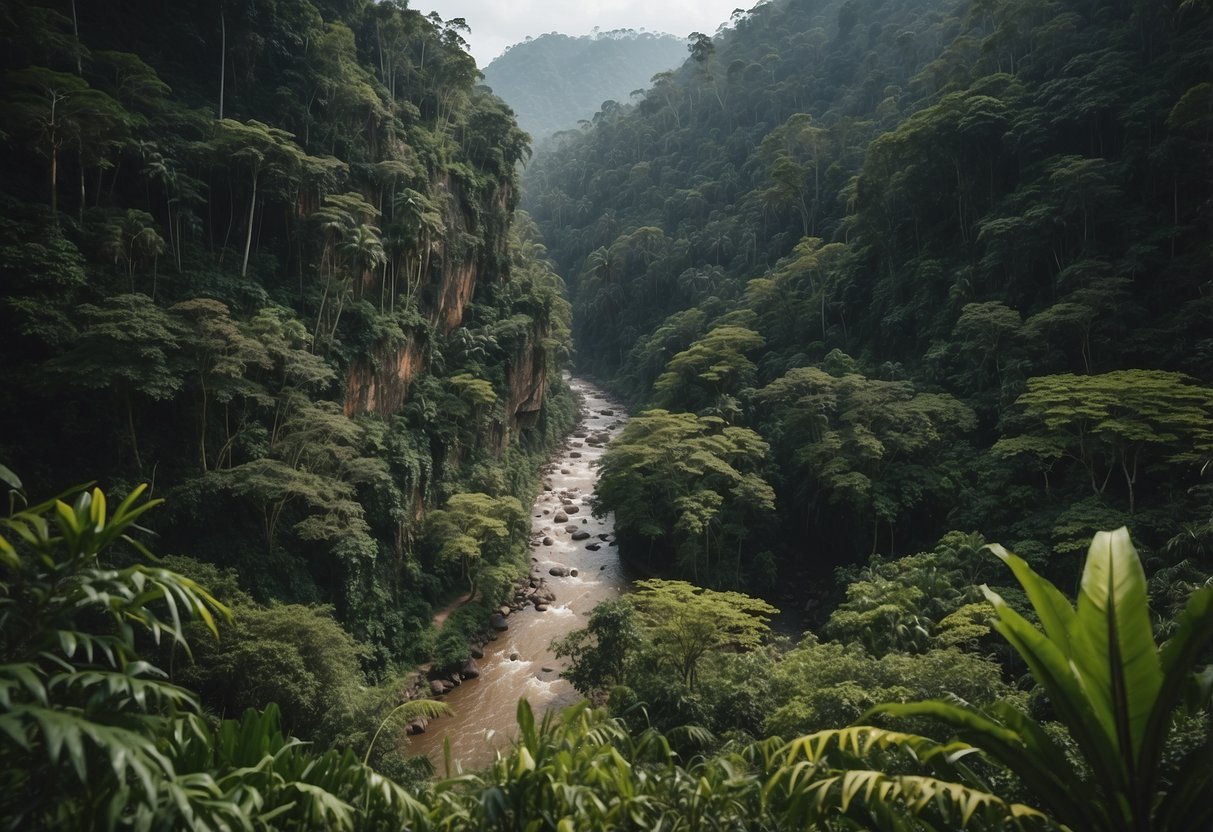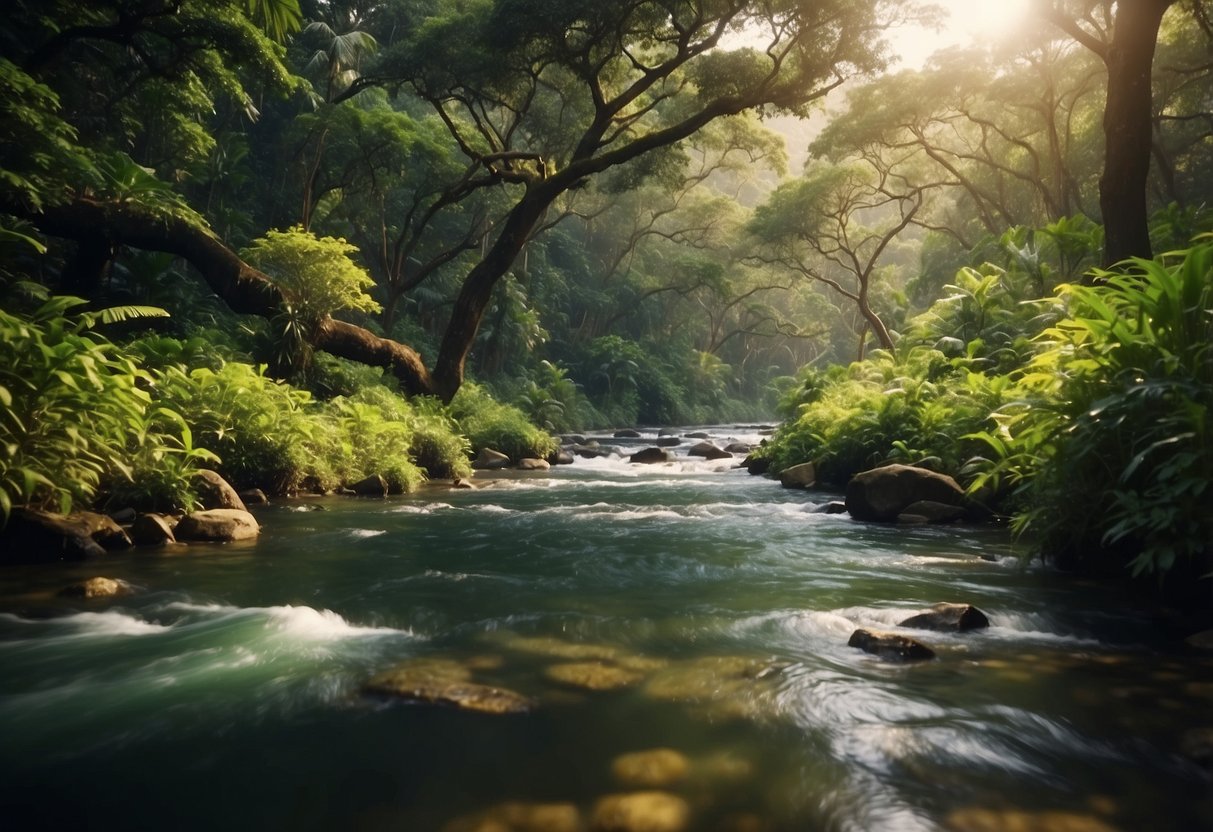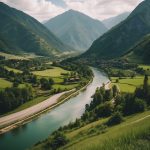Exploring the Amazon: The Best Guided Jungle Tours for Adventurers
Preparation Checklist
Proper preparation will enhance the experience and safety of exploring the Amazon, focusing on essential health precautions and ensuring all entry requirements are met.
Vaccinations and Health Precautions
Travelers should prioritize essential vaccinations before embarking on a journey into the Amazon. Malaria, yellow fever, and typhoid are common concerns. Malaria prophylaxis is highly recommended, especially in areas with high transmission rates. Hepatitis A and B vaccinations can also protect against common infections encountered while traveling.
Carry insect repellent containing DEET and wear long-sleeved clothing to minimize mosquito bites. It’s advisable to bring a basic medical kit including antihistamines, antibacterial ointments, and medications for gastrointestinal issues. Be mindful of the need for safe drinking water. Using water purification tablets or portable filters can prevent water-borne diseases.
Visa and Entry Requirements
Check the visa requirements for the destination country well in advance. Some countries in the Amazon region may require a tourist visa, with specific conditions varying by nationality. Ensure your passport has at least six months validity from the date of entry. It’s beneficial to have copies of all important documents, including visa, passport, and insurance details.
Vaccination certificates, particularly for yellow fever, are sometimes a mandatory entry requirement. Confirm entry regulations with the local consulate or embassy. Proof of onward travel or return tickets may also be necessary to secure entry. Addressing these requirements early on can help avoid complications during travel.
Cultural Considerations

When exploring the Amazon, understanding and respecting local customs and traditions is crucial. Respectful interactions and awareness of cultural norms enhance the experience for both visitors and the indigenous peoples.
Interacting with Local Communities
Visitors often encounter indigenous communities in the Amazon. When engaging with these communities, it is important to approach with respect and humility. Photography should be done only with permission. Gifts such as food or school supplies can be appreciated but should be given through community leaders to ensure proper distribution.
Learning a few phrases in the local language shows goodwill and can help break the ice. Dressing modestly is also recommended to show respect for the community’s values. Participation in local customs and rituals, when invited, is encouraged to foster mutual understanding and respect.
Understanding Amazonian Traditions
The Amazon is home to diverse cultures with rich traditions. These traditions often involve unique practices related to hunting, fishing, and agriculture. Understanding these practices provides insight into the sustainable ways of living that have preserved the rainforest for generations.
Rituals and ceremonies play a significant role in Amazonian culture, often tied to the spiritual beliefs of the community. Participating or observing these rituals requires an open mind and respect for the beliefs that guide them. Knowledge of these traditions enriches the experience and deepens the connection to the region’s culture.
Best Time to Visit

Choosing the optimal time to explore the Amazon is crucial for experiencing pleasant weather and avoiding the peak tourist seasons.
Weather Patterns
Understanding the weather in the Amazon can help travelers plan their trip. The Amazon generally has a humid tropical climate, with temperatures ranging between 77°F (25°C) and 86°F (30°C).
The rainy season stretches from November to May. During this period, the water levels rise, making it easier to navigate rivers and reach deeper parts of the jungle. However, the abundant rainfall can sometimes lead to muddy trails and higher humidity.
The dry season, from June to October, offers more stable weather and lower water levels. This season is preferable for those who want to explore hiking trails and see more wildlife, as animals often come to riverbanks in search of water. It’s essential to bring appropriate gear for both wet and dry conditions.



